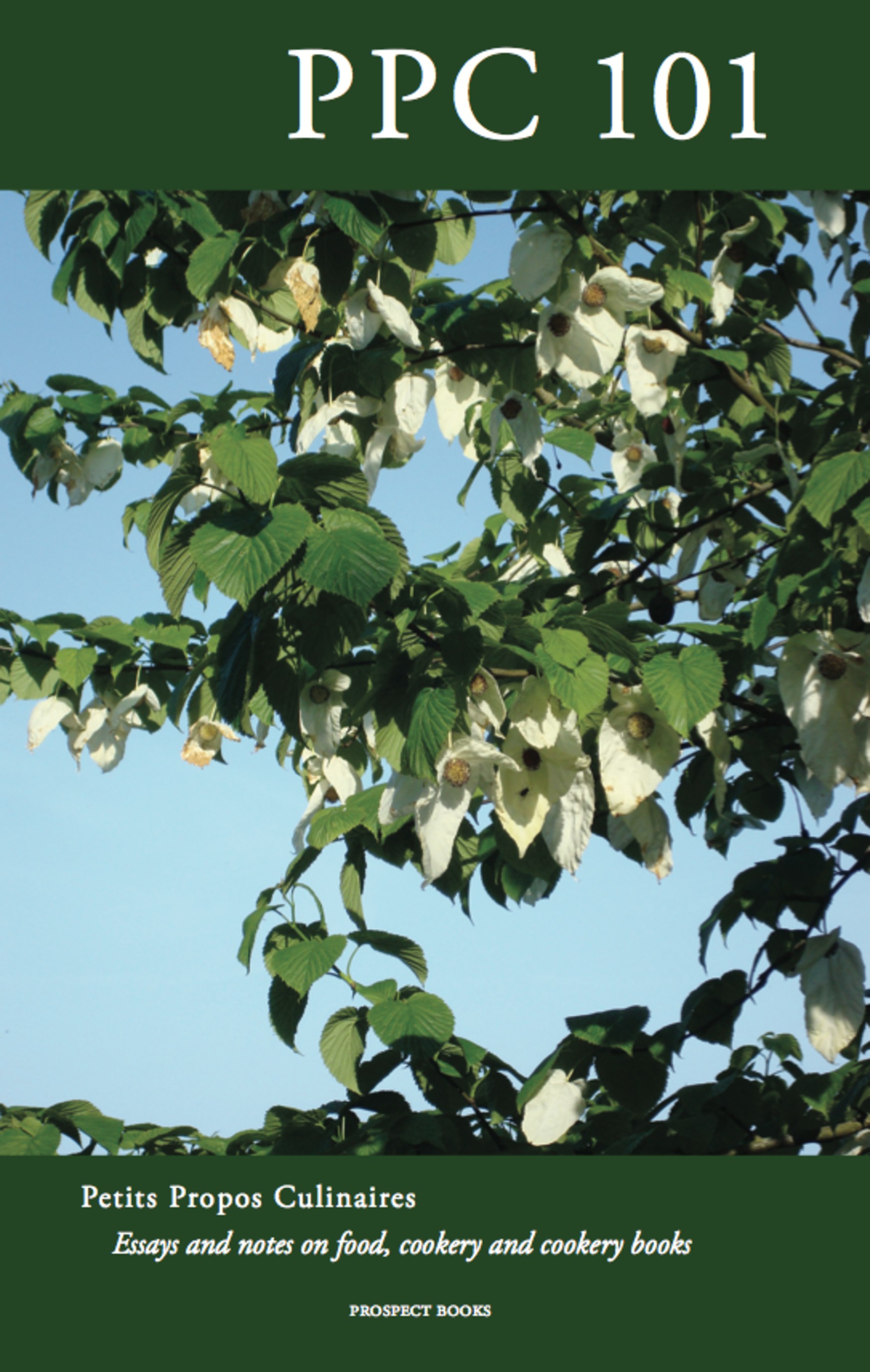One of the Earliest English Jelly Moulds?
DOI:
https://doi.org/10.1558/ppc.28368Keywords:
jelly moulds, flummery, late 17th-century, 18th century, equipment, gadgets and utensils, culinary practices, preparations & techniques, aesthetics, presentation, transformationAbstract
Before the introduction of the fine white salt-glazed Staffordshire stoneware moulds in the 1740s, most recipes turned their liquid mixtures into bowls, dishes, china cups or wine glasses, or else into scallop shells, egg shells, orange or lemon peels, or pastry cases, and left them to set. In this short report, the author presents drawings of draw a rare, possibly unique example of a wooden flummery/jelly mould which, from its construction and style of turning, appears to date from the late seventeenth to the early eighteenth century.
References
May. R., The AccomplishtCook (1685 ed..) 204.
Pinto. E.H., Treen and other Wooden Bygones (1969) 187 & Plate 186.
Tullie House Museum, Carlisle, 1980/156.

